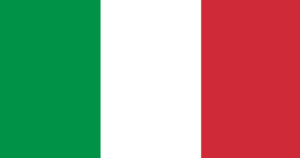The World Health Organisation has updated its List of Essential Medicines and its List of Essential Medicines for Children. These documents are used by more than 150 countries to determine which medicines to include in their public health systems, setting priorities for purchase, supply and reimbursement.
One of the main changes is the inclusion of Kaftrio/Trikafta (elexacaftor/tezacaftor/ivacaftor). For the first time, this treatment is recognized not as a therapy for a few, but as an essential therapy for ensuring the health and quality of life of people with cystic fibrosis.
Its inclusion on the list could encourage governments to include Kaftrio/Trikafta in public healthcare programmes, support negotiations to lower its price and, eventually, foster the production of generic versions. The WHO’s decision represents therefore an important milestone towards more equal and global access, offering people with cystic fibrosis the prospect of receiving the necessary treatment worldwide.
The main challenge remains the high cost: despite being on the list, Kaftrio/Trikafta’s price still limits access for many healthcare systems, especially in low- and middle-income countries. Real availability will depend not only on institutional recognition, but also on solutions for economic sustainability and fair distribution.

